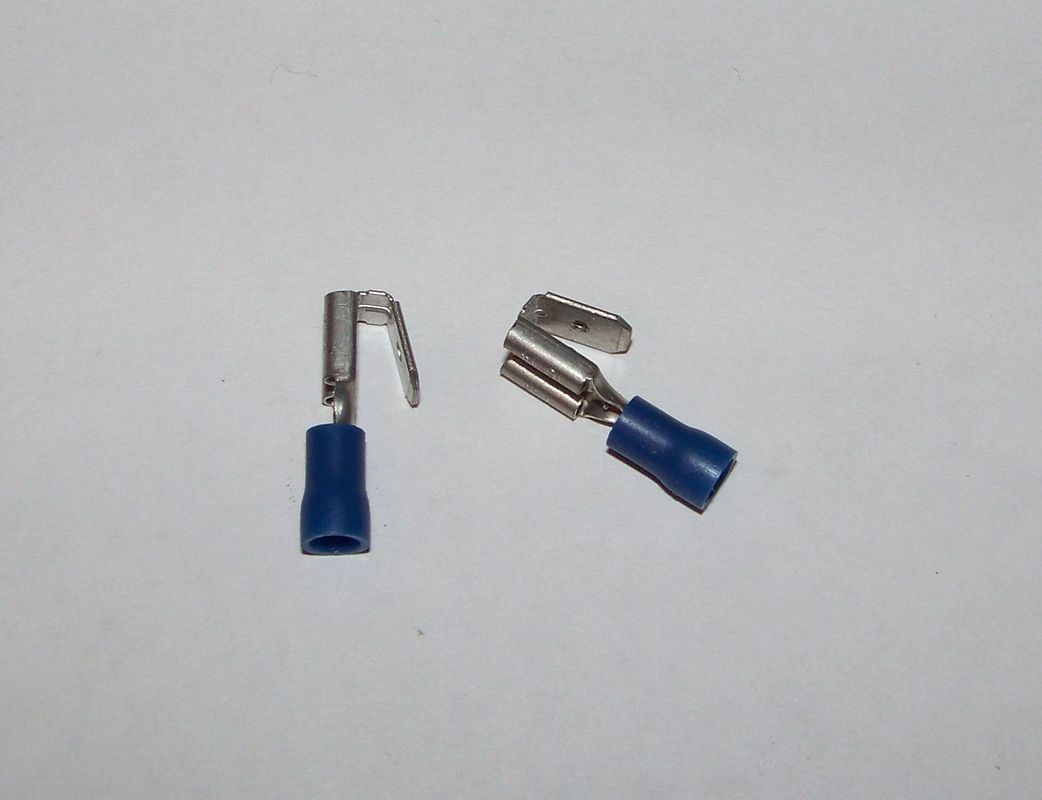One thing to consider is that the microphone that you are recording with most likely does not have a completely flat frequency response. But then, neither do our ears really, so waveform results from your microphone, or the SPLs I can measure with my meter, may not be a good indicator of exactly how
effective the horns will be in actual use.
The stock FJR, as well as your little car, both have higher frequency, single tone horns, so all of the sound energy is concentrated into that single frequency. When going to the dual tone horns the energy will be split into the two frequencies (400 and 500 Hz) but those frequencies will also beat against each other constructively, so there will also be sum and difference tones perceived. The sound power will end up being spread across a wider spectrum so that what you hear may be perceived as being louder. Even in your recording, it is pretty clear that the PIAAs are more effective attention getters and worth doing the mod, IMO.
A quick and even simpler way to accomplish the harness splitting is by picking up some of these little connectors at your favorite electronic supply store (I think I got these at Radio Shack)
Simply crimp those onto the end of your extension wires, push the female part on the left horn terminals and push the female connectors from the wiring harness onto the male spades of these connectors. Same principle as yours, but less cutting, stripping and crimping.
Since the horns are stationary, rather than looping the extension wires through the moving brake hoses, it may make more sense to run them over the top of the radiator, even if it means using some different extension wires than the short ones provided in the horn kit. That way the wires do not continuously flex around, possibly developing a bad connection in the future.
































































